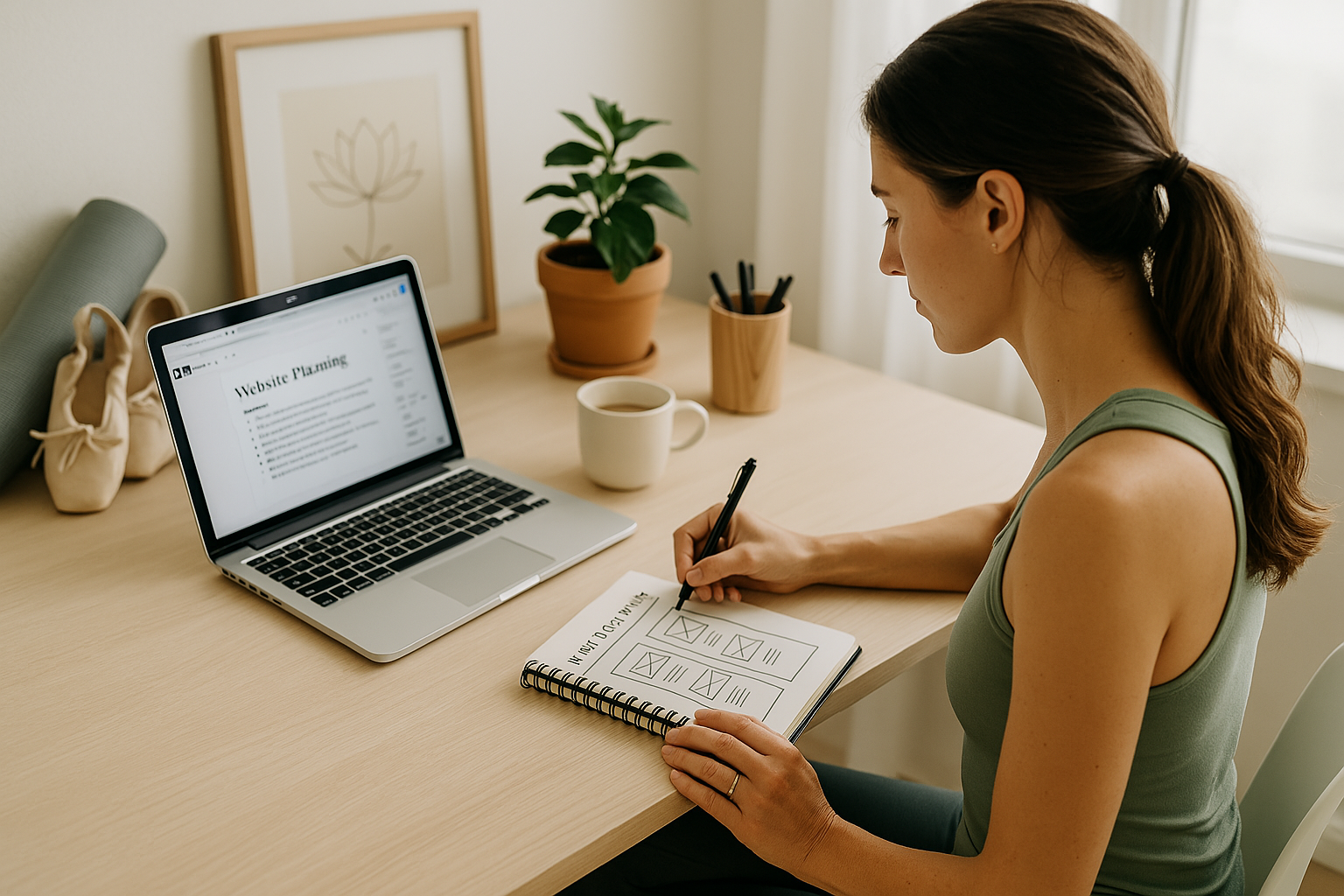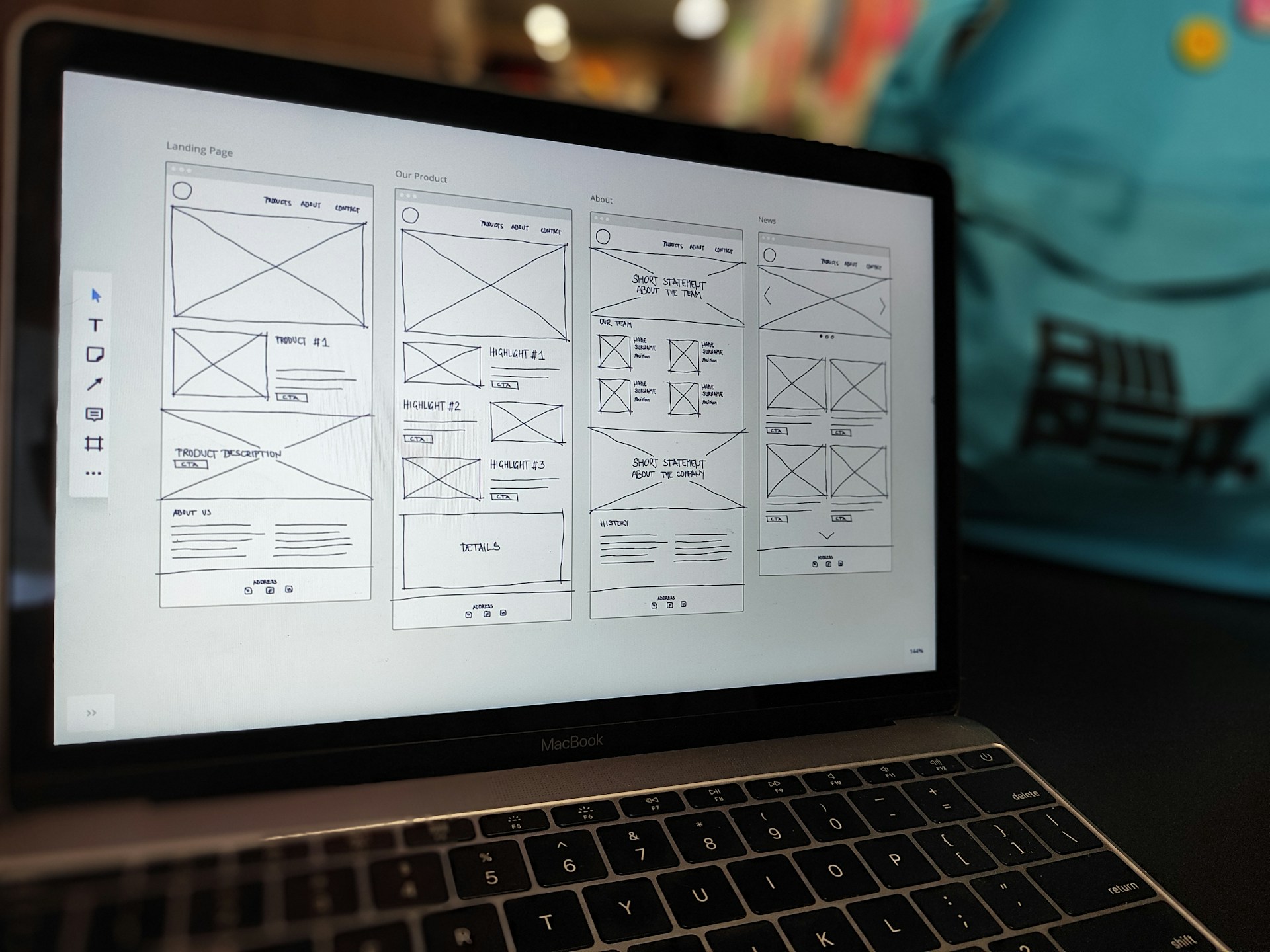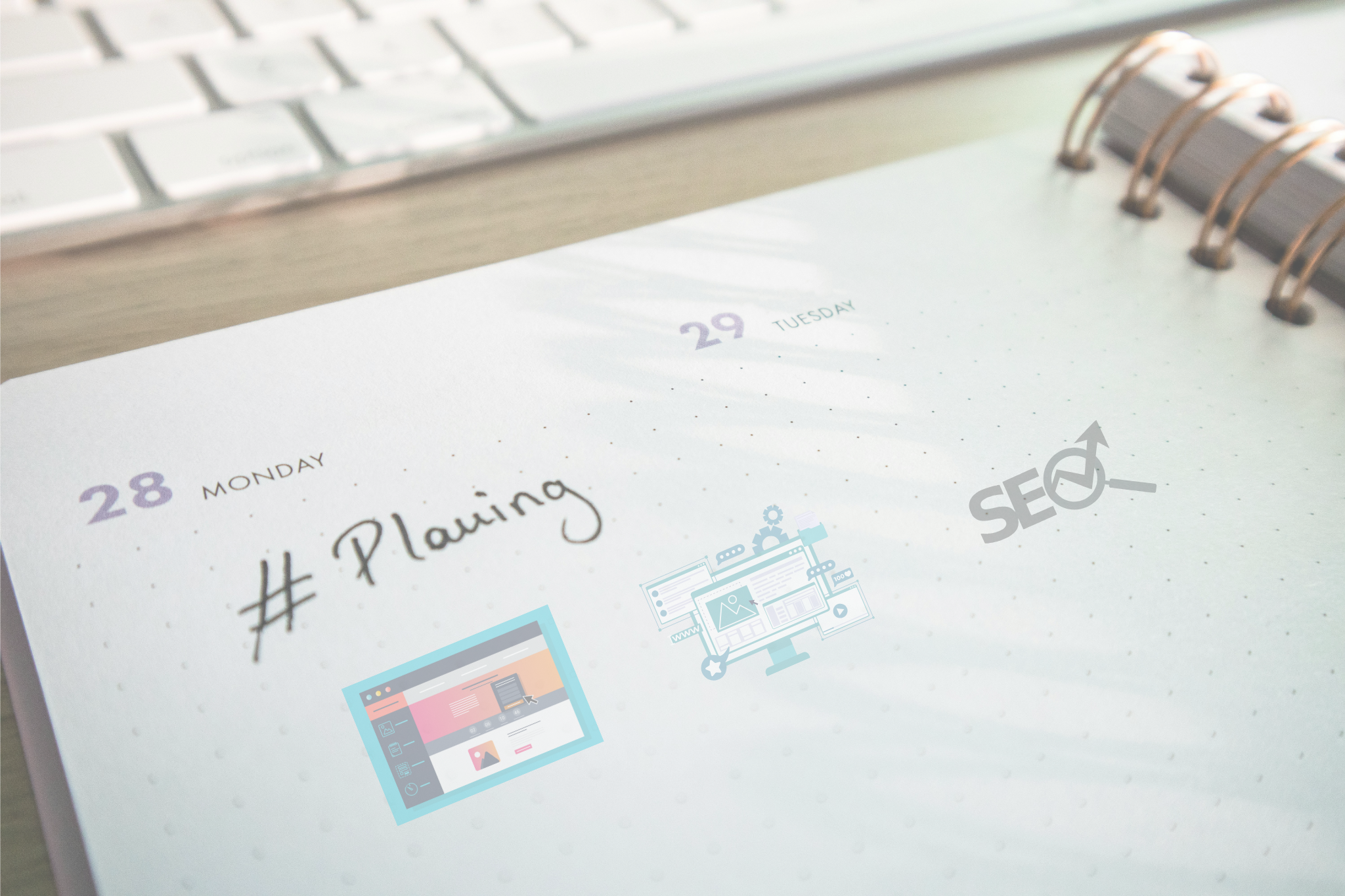Before You Hire a Developer - Get Clear on What You Really Need
Building your own website? That’s an exciting move – but let’s be honest, it can also feel a bit overwhelming. Where do you start? What do you actually need before bringing a developer on board?
In this guide, I’ll walk you through the essential steps to take before you hire someone. With a clear plan in place, you’ll not only save time and money – you’ll also end up with a website that truly works for your business and speaks to your ideal audience.
1. Know Your “Why”
Before diving into design ideas or features, take a moment to get clear on the purpose of your website. What’s the goal?
Do you want to generate leads?
Sell products?
Build trust and show your expertise?
Attract new clients?
Having a strong “why” will help guide every decision moving forward – from content to layout to tech choices.
2. Get Inside Your Audience’s Head
Who is your website really for?
Think about your dream client or customer. What are they struggling with? What kind of questions do they have? What do they expect when they land on your site?
When you know your audience well, you can create a site that feels like it was made just for them.
3. Do Some Friendly Spying
Take a look at your competitors’ websites. What are they doing well? What’s missing? What would you do differently?
This step isn’t about copying – it’s about gathering insights, getting inspired, and spotting opportunities to stand out.
💡 Pro tip: Save the most inspiring links in a document or folder – they’ll come in handy when you’re discussing ideas with your developer.
4. Plan Your Content Like a Boss
Good content is what makes people stay on your site and trust your brand. Before the development starts, think through:
What kind of pages you’ll need (e.g. About, Services, Blog, Contact)
What you want to say on each
What kind of content will keep people engaged (blog posts, videos, testimonials, case studies, etc.)
The more you prepare now, the smoother things will go later.
5. Pick the Right Platform
There are lots of options out there – WordPress, Joomla, Wix, Webflow, Shopify, and more.
Think about:
How tech-savvy you are (or want to be)
Whether you’ll manage the site yourself or hire someone long-term
Your business goals for the next 1–3 years
Choose a platform that fits your current needs but can grow with you too.
6. Sketch Out a Simple Wireframe
You don’t need to be a designer to do this – just grab pen and paper or use a free tool like Figma or Canva.
Map out the basic layout of your pages. Where will the header go? What about the call-to-action buttons, or testimonials?
Having a wireframe helps your developer understand your vision more clearly.
7. Gather Your Visuals and Content
Start collecting everything you’ll need:
Logo files (in good quality)
Brand colors and fonts
Photos (preferably professional or on-brand stock images)
Text for each section or page
The more ready you are with your materials, the faster your developer can work – and the better the results.
8. Set a Budget and Timeline You’re Comfortable With
Decide how much you’re willing to invest in your website and when you’d like it to go live.
Having clarity on your budget and deadline makes conversations with your developer smoother and more realistic. It also helps avoid scope creep and surprises.
Ready to Make It Happen?
Planning your website ahead of time might seem like “extra work,” but trust me – it’s the secret to creating a site you actually love (and that works for your business). Plus, it makes collaboration with your developer so much easier.
You’ve got this! And if you ever feel stuck, just remember: the most powerful websites start with a clear vision and a thoughtful plan.
And the good news? You don’t need to have all the answers right now. If you’re unsure where to begin, I’ll guide you through the process. During our first consultation, we’ll clarify your goals and outline a clear path forward – no pressure, just friendly expert support.
👉Let’s make it simple – drop me a message, and we’ll figure it out step by step.





